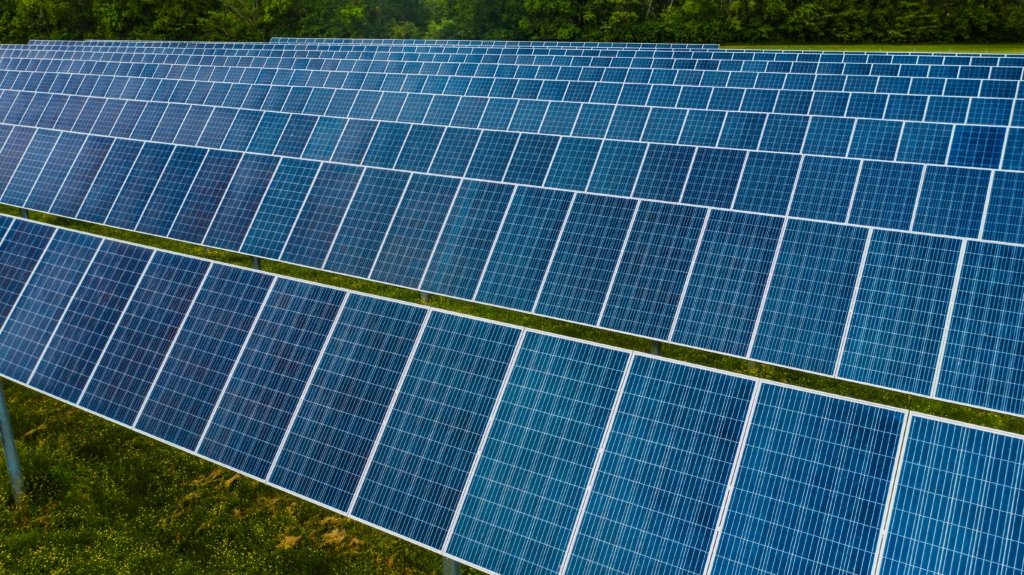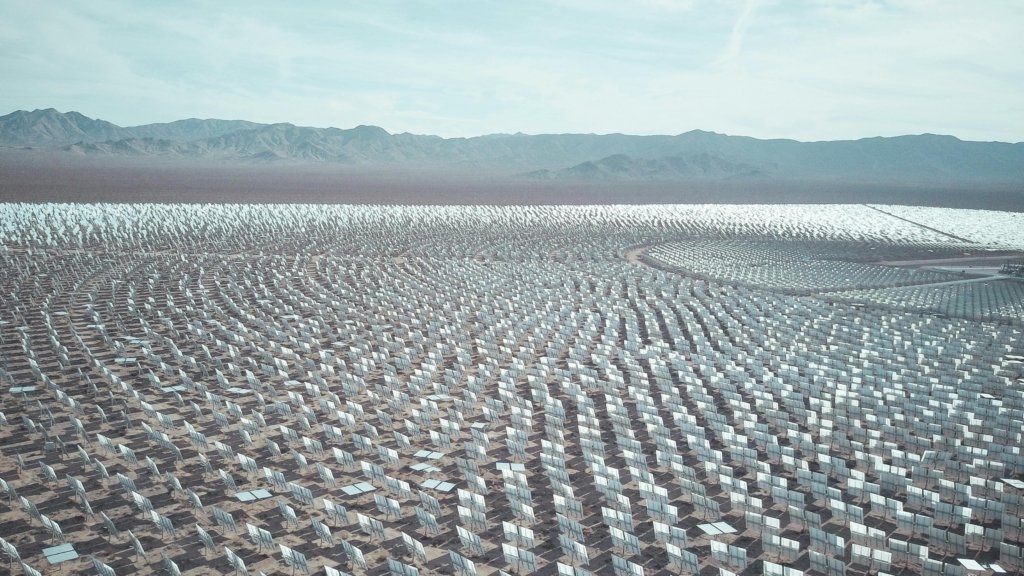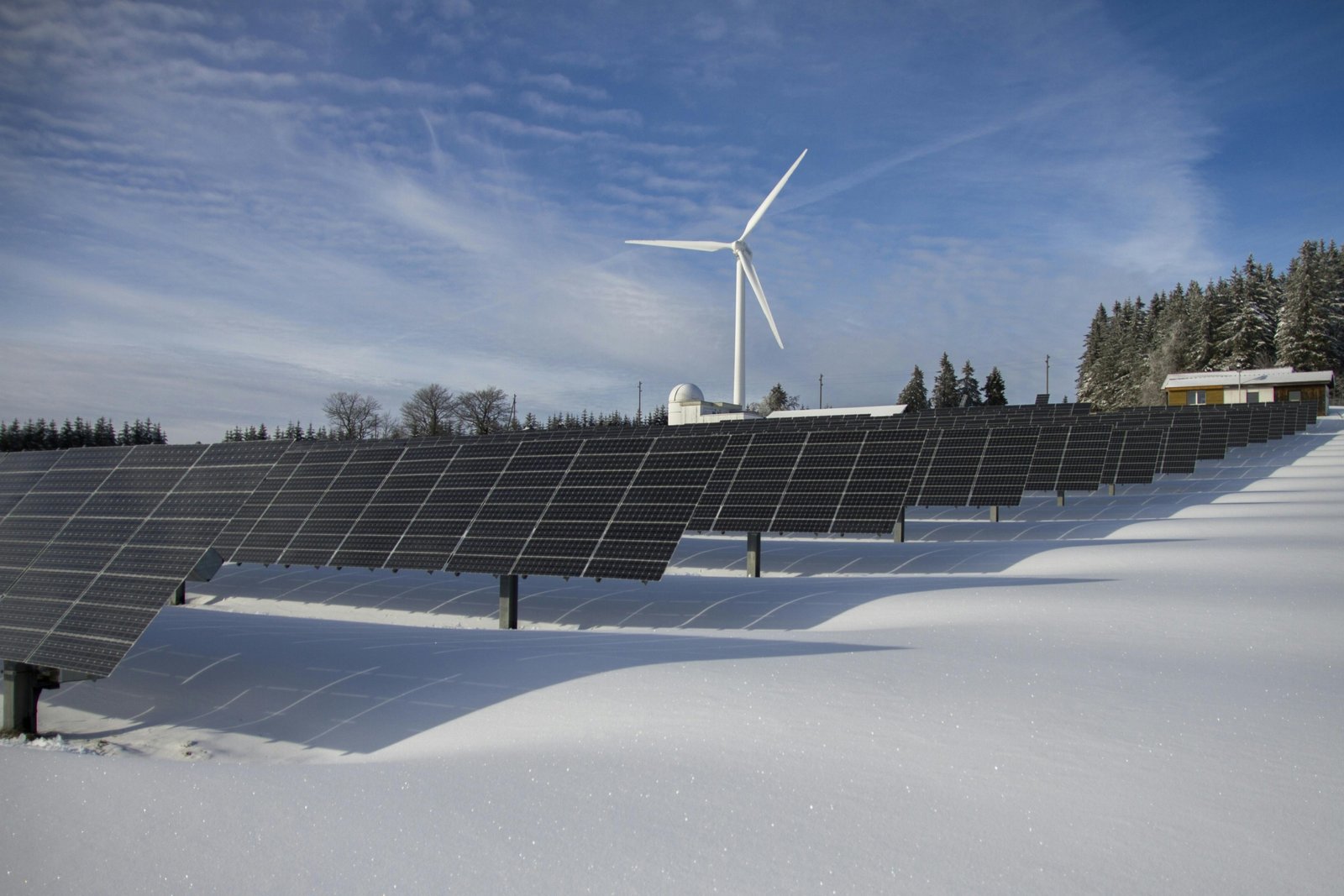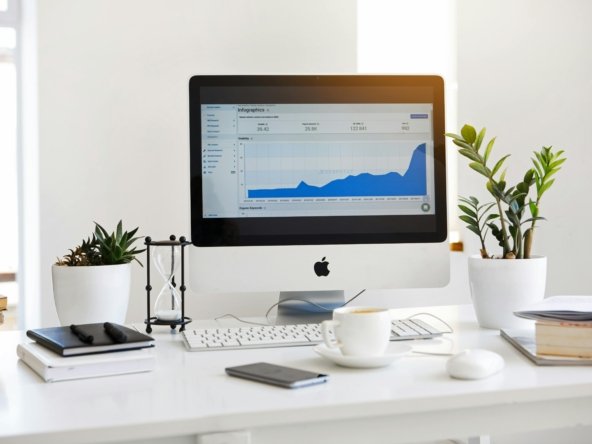Introduction
Did you know that Morocco, a country with virtually no oil reserves, is now leading Africa in the development of renewable energy? This surprising transformation challenges the common belief that developing nations cannot spearhead clean energy innovations. Morocco’s strategic investments have positioned it to potentially become a net exporter of green energy to Europe, revolutionizing the traditional North-South energy relationship. The development of renewable energy in Morocco represents one of the most ambitious and successful sustainability initiatives on the African continent, offering valuable lessons for countries worldwide.

The Key Components of Morocco’s Green Energy Strategy
Morocco’s renewable energy development relies on several critical components working in harmony to create a sustainable energy ecosystem:
- Solar Power Infrastructure: Massive solar farms like Noor Ouarzazate, one of the world’s largest concentrated solar power plants
- Wind Energy Projects: Large-scale wind farms in regions like Tarfaya and Taza
- Hydroelectric Power: Strategic dam systems providing both water management and power generation
- Green Hydrogen Development: Emerging initiatives to produce hydrogen using renewable electricity
- Policy Framework: Progressive energy legislation and international partnerships
- Investment Structure: Blend of public funding, private investment, and international development finance
These components form the foundation of Morocco’s successful transition away from fossil fuel dependence, with each element playing a crucial role in the broader development of renewable energy capacity.
Timeline of Morocco’s Green Energy Evolution
Morocco’s journey toward renewable energy leadership has unfolded over approximately 15 years, which is 40% faster than many analysts predicted for a developing nation. Key milestones include:
- Planning and Policy Development: 3-5 years
- Initial Infrastructure Construction: 4-6 years
- Scaling and Expansion Phase: 5-7 years and ongoing
- Total Transformation Period: 15+ years (continuing)
This accelerated timeline demonstrates Morocco’s commitment to urgent climate action while securing its energy independence through the development of renewable energy resources.
Morocco’s Solar Power Revolution
Noor Ouarzazate Complex: Africa’s Solar Giant
The crown jewel of Morocco’s renewable energy development is the Noor Ouarzazate Solar Complex. This massive installation covers an area equivalent to 3,500 football fields, with gleaming curved mirrors that track the sun throughout the day. The complex uses concentrated solar power (CSP) technology, which allows it to store energy for up to 8 hours after sunset—a crucial advantage over traditional photovoltaic systems.
When visiting the site, you’ll be struck by how the facility seems to emerge from the desert like a modern oasis, with workers carefully maintaining the mirrors to ensure maximum efficiency. The complex produces enough electricity to power a city twice the size of Marrakech.
Technological Innovation and Knowledge Transfer
Morocco hasn’t simply imported solar technology; it’s actively participating in its evolution. Local universities partner with international institutions to develop improvements to existing systems, particularly in areas of energy storage and grid integration. This knowledge exchange creates a virtuous cycle that strengthens the country’s capacity for ongoing development of renewable energy technologies.

Wind Energy: Harnessing Morocco’s Atlantic Resources
Strategic Coastal Installations
Morocco’s 1,835-kilometer Atlantic coastline provides ideal conditions for wind energy production. The Tarfaya Wind Farm, with its 131 turbines spread across 8,900 hectares, catches powerful Atlantic winds to generate clean electricity. On a typical day, these massive turbines rotate at carefully optimized speeds, adjusting automatically to changing wind conditions.
When exploring these installations, you’ll notice the strategic placement that minimizes environmental impact while maximizing energy capture—a testament to Morocco’s thoughtful approach to the development of renewable energy infrastructure.
Rural Electrification Benefits
The development of renewable energy in Morocco has dramatically improved rural electrification rates from 18% in 1995 to over 99% today. For remote villages, this means reliable power for schools, medical facilities, and small businesses without the need for expensive grid extensions.
Hydroelectric Power: Water Management and Energy Production
Dual-Purpose Dam Systems
Morocco’s hydroelectric strategy addresses both power generation and water management—critical in a country facing increasing drought risks. Modern dams like Al Wahda not only produce electricity but also regulate water flow for agricultural irrigation and drinking water supplies.
The intricate water channels and turbine systems represent marvels of engineering that serve multiple purposes in Morocco’s development of renewable energy capabilities.
Climate Adaptation Measures
As climate patterns change, Morocco has incorporated flexibility into its hydroelectric systems. Adjustable turbines can operate efficiently even with lower water volumes, ensuring continued energy production during dry periods while conserving precious water resources.
Green Hydrogen: The Next Frontier
Pilot Projects and International Partnerships
Morocco is pioneering green hydrogen production in Africa, using excess renewable energy to split water into hydrogen and oxygen. These pilot facilities demonstrate how surplus solar and wind power can be converted into storable, transportable fuel—potentially revolutionizing energy export capabilities.
Visiting these facilities reveals cutting-edge electrolyzer technology and specialized storage systems that could transform Morocco from an energy importer to a major clean energy exporter.
Export Potential to European Markets
The proximity to Europe positions Morocco as a potential green hydrogen supplier to the European Union, which has committed to importing significant quantities of green hydrogen as part of its decarbonization strategy. This creates economic opportunities while furthering the development of renewable energy expertise within Morocco.
Policy Framework Supporting Renewable Growth
National Energy Strategy
Morocco’s comprehensive energy policy targets 52% renewable energy capacity by 2030, with detailed roadmaps for implementation across solar, wind, and hydroelectric sectors. This robust framework provides investors with confidence while ensuring coordinated development of renewable energy resources.
International Climate Commitments
As a signatory to the Paris Climate Agreement, Morocco has pledged ambitious carbon reduction targets and consistently ranks among the few countries on track to meet their commitments. This international recognition strengthens Morocco’s position in climate diplomacy and attracts additional development funding.
Economic and Social Impacts
Job Creation and Skill Development
The renewable energy sector has created over 50,000 direct and indirect jobs in Morocco, from high-skilled engineering positions to maintenance and administrative roles. Training programs ensure locals benefit from these opportunities, creating sustainable livelihoods tied to the development of renewable energy infrastructure.
Energy Independence and Fiscal Benefits
By reducing dependence on imported fossil fuels, Morocco saves approximately $1 billion annually on energy imports. These savings can be redirected to other development priorities, creating a positive feedback loop that strengthens the economy while advancing environmental goals.
Challenges and Solutions in Morocco’s Renewable Journey
Grid Integration Complexities
Integrating variable renewable sources into the national grid presents technical challenges that Morocco addresses through investments in smart grid technology and improved energy storage systems. These innovations ensure stable electricity delivery despite the intermittent nature of some renewable sources.
Financing Sustainable Development
Initial capital costs for renewable projects are significant, but Morocco has developed innovative financing mechanisms combining public funds, private investment, and international climate finance. These blended approaches make the development of renewable energy economically viable in the short term while delivering substantial long-term benefits.
Storage Solutions for Intermittent Energy Sources
Molten Salt Technology
Morocco’s concentrated solar power plants use molten salt storage systems that retain heat for hours after sunset, allowing electricity generation to continue overnight. This technological approach addresses one of the primary challenges in renewable energy development—providing power when the sun isn’t shining.
Battery Storage Initiatives
Emerging battery storage projects complement other renewable sources, with pilot installations demonstrating how lithium-ion and flow battery technologies can stabilize power supply from wind farms and photovoltaic installations across the country.
Conclusion
Morocco’s remarkable transformation into a renewable energy leader demonstrates how strategic vision, policy commitment, and technological innovation can rapidly accelerate a nation’s sustainability journey. By leveraging its natural resources and global partnerships, Morocco has created a model for the development of renewable energy that other countries can adapt to their own contexts. The country’s continued progress toward its ambitious 2030 goals will further solidify its position as a pioneer in clean energy transformation.
We invite you to share your thoughts on Morocco’s renewable energy journey in the comments section below. Have you visited any of these impressive installations? Subscribe to our blog for regular updates on global renewable energy developments and sustainable innovation stories.
FAQs
How does Morocco’s renewable energy development compare to other African nations?
Morocco’s renewable energy capacity significantly outpaces most African countries, with approximately 3.7 GW installed compared to South Africa’s 2.1 GW and Egypt’s 1.6 GW. Morocco’s integrated approach combining solar, wind, and hydroelectric power also distinguishes it from nations focusing on single technologies.
Can Morocco really achieve 52% renewable energy by 2030?
Based on current development rates and projects in the pipeline, energy analysts consider Morocco’s 52% target ambitious but achievable. The country has consistently met interim milestones and has secured financing for most of the required infrastructure.
How does Morocco’s renewable energy development benefit ordinary citizens?
Beyond environmental benefits, the renewable energy transition has stabilized electricity prices, reduced power outages, extended electricity access to remote areas, created jobs across skill levels, and reduced the national budget vulnerability to oil price fluctuations.
Is Morocco exporting renewable energy to Europe already?
While physical electricity exports remain limited by interconnection capacity, Morocco and Spain have exchange agreements in place. The more significant export opportunity lies in green hydrogen, with several pilot projects specifically targeting European markets.
How is climate change affecting Morocco’s renewable energy plans?
Morocco has incorporated climate adaptation into its energy strategy, designing solar installations to withstand increasing temperatures and dust storms, while adjusting hydroelectric operations to account for changing rainfall patterns. This forward-thinking approach enhances the resilience of the entire energy system.




